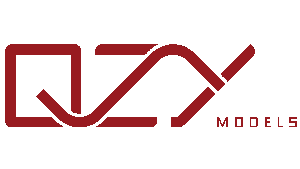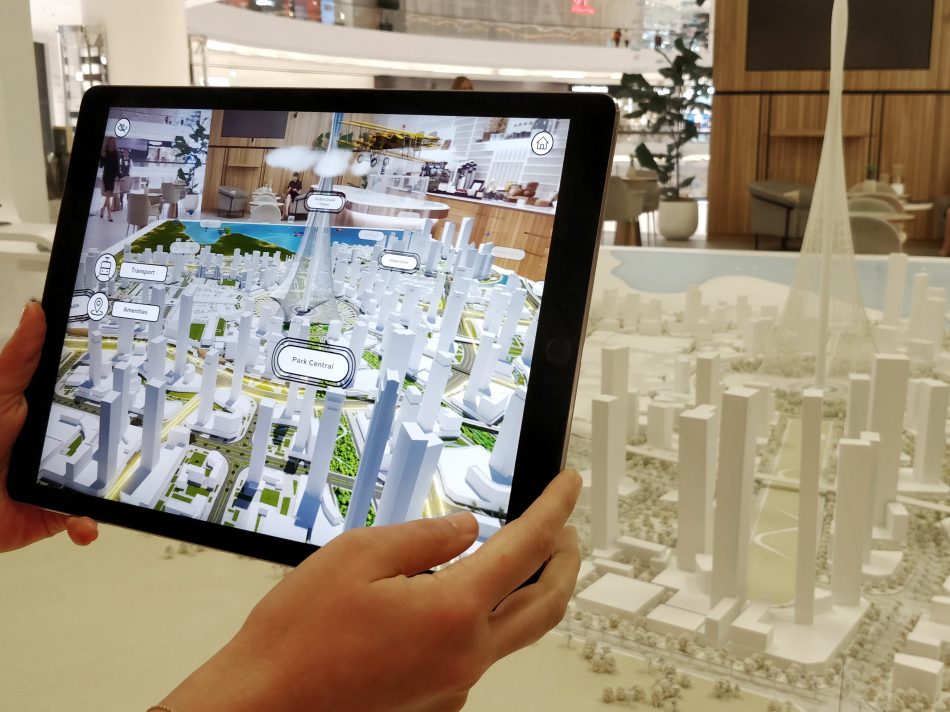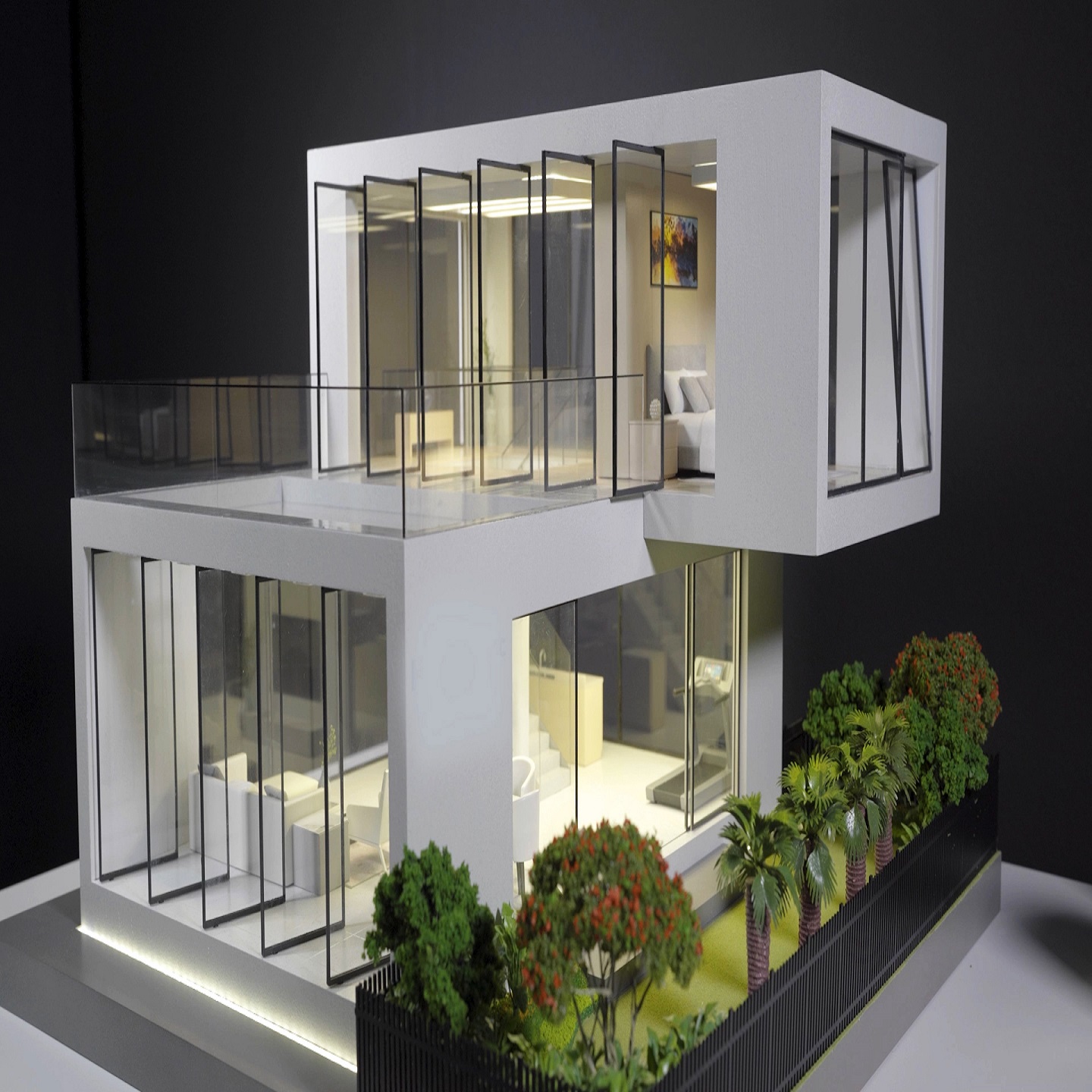Transporting the architectural models requires a combination of precision, expertise, and reliability. Whether for interior displays, client presentations, or exhibition showcases, the safe arrival and installation of these models are of prime importance. This comprehensive guide on transporting architectural models will provide all the details one needs to safely deliver and assemble the model.
Assessing Model Requirements
Before an architectural model is shipped, a strategic review of specific needs is made. All models are different, and it is important to understand the scale of your client’s needs in determining what transport methods will be involved.
Client Needs
It starts with understanding the purpose of the architectural model, whether it is for interior design showcase or for a promotional project or a functional prototype. Of course, each requires different attention to detail. While a model intended for an exhibition must be better protected against dust, handling, and eventual changes in the environment, a smaller and more sensitive model will require more specified and individual packaging.
When working with architectural model makers, it is very important to communicate your expectations. Are there specifications that you have for what the final look of the model should be, or is there some intricate detail in the model that must be kept intact? Knowing this ahead of time will ensure you plan the packing and transportation process with the required precision.
Evaluating Model Size and Structure
The size and form of the model are the major determinants in selecting an appropriate transportation method. For example, architectural models can be small, prototype-scale, and as large as large multi-room or life-size ones. The size will remain an essential factor at the time of determining the type of transport vehicle to be utilized and for specifying the packaging materials.
Larger models will require heavier-duty crates, while smaller ones can often be packed in compact boxes with extra padding. The structure itself-whether it contains fragile parts, such as glass windows, or is heavy with solid components- will determine the amount of protection involved.
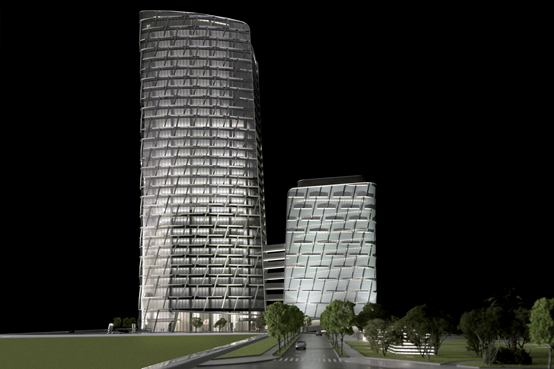
Selecting Appropriate Packaging Materials and Crate Type
Once the size and complexity of the architectural model are at hand, the selection of appropriate packaging materials becomes the next step. It is of great importance in ensuring that the model survives the rigors of transport.
Types of Crates
Crates are the principal forms of protection during transport of architectural models. An appropriate type of crate guarantees that the model will arrive intact whether in the country or abroad.
Wood Crates: Architectural models usually come in wooden crates. These provide strength in protection, especially when the model is large or complicated. Crates made of plywood ensure a fine balance between being sturdy and light.
Custom-Made Crates: Models that are fragile or extremely detailed might require custom-made crates. These are constructed to order, based on the size of the model, to give the model the maximum support it deserves.
Plastic Crates: These are suitable for smaller models or less permanent transportation and can also be reinforced with corners; they are more economical, and their material is lightweight compared to wood.
Cardboard Boxes with Reinforcement: For smaller, less fragile models, sturdy cardboard boxes might be sufficient. These come a lot cheaper and thus can be used for those designs that can withstand transporting in such packaging.
Warning and Safety Signs
Several challenges may arise in the transportation of architectural models. Whether it is movements inside the vehicle, environmental changes, or even mishandling, clear safety and warning signs on the crate can make quite a difference in preventing damage.
Labels such as “Fragile”, “This Side Up”, and “Handle with Care” should be on the crate in the most conspicuous locations possible. In addition, “Keep Dry” and “Temperature Sensitive” may be crucial for models made of materials that are sensitive to water and temperature respectively. Besides that, while packaging consider the client’s instructions for handling and care.
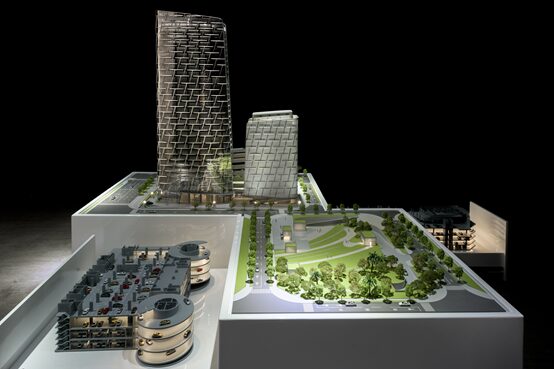
Interior Protective Elements
Inside the crate, the model needs extra protection from within. A safe and secure interior will prevent the model from getting damaged from inside due to shifting, if any, during transport.
Foam Padding
Among the best methods for protection of architectural models during transportation, there is foam padding. Soft foam in specially cut forms tightly hugs the model, absorbing the shock and not letting the model move inside the crate. Memory foam or high-density foam sheets can be used on glass windows or small detailed pieces for added protection.
Pieces of foam can be cut to shape to secure the model in place and protect it from any potential damage. Anti-static foam is available for models with electronic components that prevent the build up of static electricity.
Added Layers of Protection
Common wrappings other than the mentioned foam padding include bubble wrap, stretch film, and protective blankets for additional protection. Most of them are lightweight, flexible wrappings used in protection from vibrational impact, scratch protection, and against environmental influences. In such a situation, bubble wrap can especially be wrapped onto each model part, for example, the delicate spires or ornamented parts of models that cannot withstand even minor jolting.
Between components, additional layers of padding for very fragile models could be used cloths or even archival-quality tissue paper, for example.
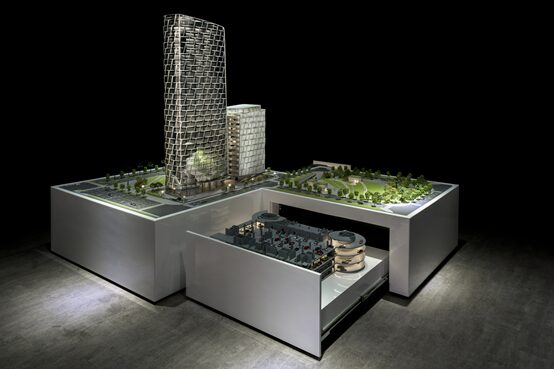
Securing the Model Inside the Crate
Once the interior protective materials are installed, the next most important step is to keep the model securely fastened during transport. Properly securing the model inside the crate minimizes the possibility of damage from bumps or shifting during transport.
Locks and Fasteners
Lock the crate tightly with locks, latches, and fasteners. The fasteners used should not be weak; they need to be strong enough to hold movement during transport. It is a good idea to use heavy-duty locks to keep the crate closed tightly and to hold the model in place.
Consider using velcro strips or elastic bands to hold small components in place inside the crate. These are useful for those parts that are not integrated into the main structure of the model but are important for assembly.
Handles and Wheels
Larger models should have handles or wheels on the crates for easy movement. These features also provide stability in loading and unloading. Wheels will be of great help if the crate is to be moved a long distance or through areas with limited space.
In selecting a crate with wheels, choose heavy-duty casters that are capable of handling model weight and that can make the transportation of the crate stable.
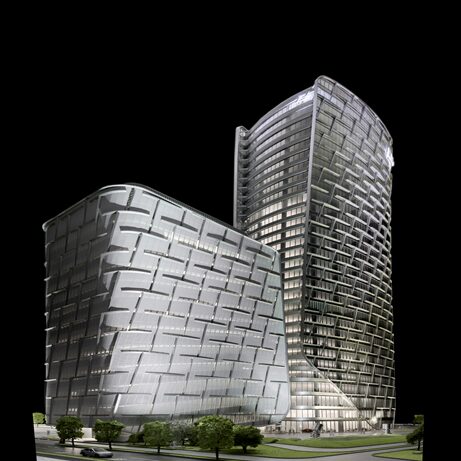
Insurance and Risk Management
Even with the best-laid plans, there is still a degree of risk in transportation that might be beyond one’s expectations. One needs to cover his risk through insurance.
Insurance Cover
Insurance against damage in transport, theft, or loss can be invaluable when shipping architectural models. It needs to fully cover the value of the model or further damages arising during transport and/or while setting up the model at the presentation site. If insurance is provided through your carrier, read through the terms of the policy carefully.
Moreover, some specialist architectural model services include transit insurance in their service packages, which will mean that the client need not worry about this aspect while the model is in transit.
Quality Assurance of Packaging
A final quality check of the packaging materials is very important before shipment. Any lapses or shortcomings in packaging may result in higher risks of damage during transportation. Quality assurance procedures should ensure that the packaging is according to the standards in the industry and that the model is well-protected.
If it is a client project, it is always good to photograph the model before and after packaging. These are handy in case any damages may occur during transport, to use for insurance claims if necessary.
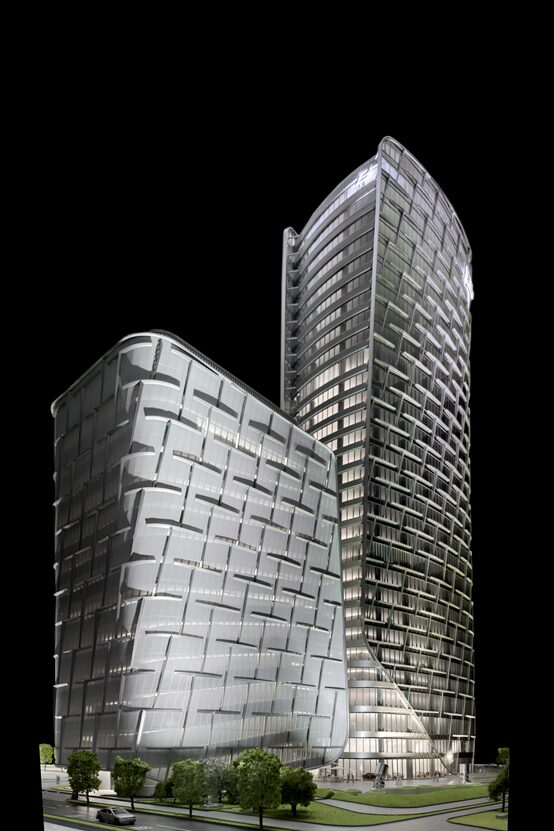
Delivery and Setup Considerations
Once the model is packed, the next stage is shipment and installation. This stage too is very critical, even the best-packaged models are susceptible to damage at time of unloading or installation.
Domestic and International Market
Whether shipping a model across the country or the world, it’s vital to consider the logistics of the delivery process. For international shipments, you’ll need to coordinate with a carrier experienced in architectural model transport, ensuring they can handle customs clearance and provide any necessary documentation for international shipping.
Domestically: Ensure transport company experience with fragile deliveries; some companies specialize in the delivery of models for exhibitions or architectural firms and these may offer extra assurances.
Hassle-Free Assembly
If the architectural model has to be reassembled upon its arrival, then ensure all instructions and tools for such setup are in the crate. The service package of some of the architectural model services will include assistance in setting it up where individuals install the model on site to ensure every fit is as it should be.
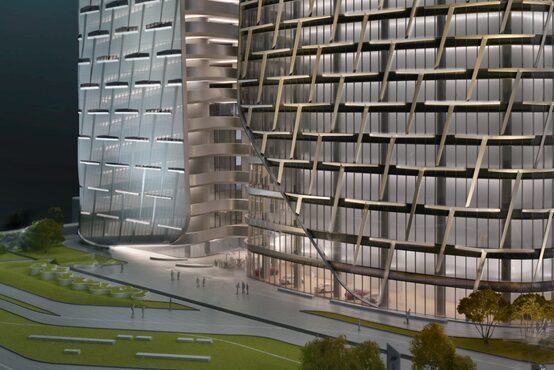
QZY Global Model Shipping and Installation Services
QZY is one of the leading architectural model making companies, committed to offering high-quality and perfect architectural model services with complicated requirements from customers all over the world in shipping and installation. Based on this, QZY could ensure that safety in packaging, transport, and setup of architectural models was ensured by the expert team on the ground supported by a robust system. They undertake every single step involved in the processing right from initial packaging to the final installation.
Final Thoughts
The moving of architectural models requires a studied art of both thought and planning. Judging the needs of your model, selecting the proper packing materials, and fixing it inside the crate can go a long way in actually assuring its delivery to safety to whatever destination desired. Let the logistics of the delivery and setup addition to the added peace of mind be there with insurance. With services such as those provided by QZY, you have the assurance that your architectural model gets the best care required for it.
FAQs
1. What is the best material to use in packing architectural models?
Some of the best materials to be used in packing architectural models include foam padding, bubble wrap, stretch film, and customized-fit foam inserts. This will absorb shock and inhibit movements during transport.
2. How do I ensure my architectural model for transportation?
You can arrange for insurance through your transport company or through specialized architectural model services that include transit insurance in their package.
3. How do I know if my architectural model is properly packed for transport?
To make sure your architectural model is properly packed, conduct a thorough inspection before sealing the crate. Make sure the model itself is well-cushioned with foam or other protective materials inside the crate and that there is no movement inside the crate. The crate itself should be sturdy, with appropriate locks and fasteners to prevent it from opening during transit. If in doubt, consultations with professional architectural model makers or a packaging specialist will give you added confidence that your model is well-protected.
4. Is it possible to send the architectural models abroad without special consideration?
Shipping architectural models internationally requires some extra preparation. In addition to basic issues of packaging and transport, you must ensure the model will meet customs regulations and is properly documented for entry into the receiving country. You can make certain your model reaches a destination without incident or delay by working with experienced international transport companies or architectural model services that specialize in global shipping.
5. What are some common mistakes when packing architectural models for transport?
These include unsuitable materials applied for packaging, not fixing the model tightly enough, and not putting proper handling labels on the crate or cushioning around the fragile parts of the model. Indeed, poorly packaged models are likely to shift during transportation and get damaged. It is always wise over-preparation for protection that ensures all parts are fixed well.

